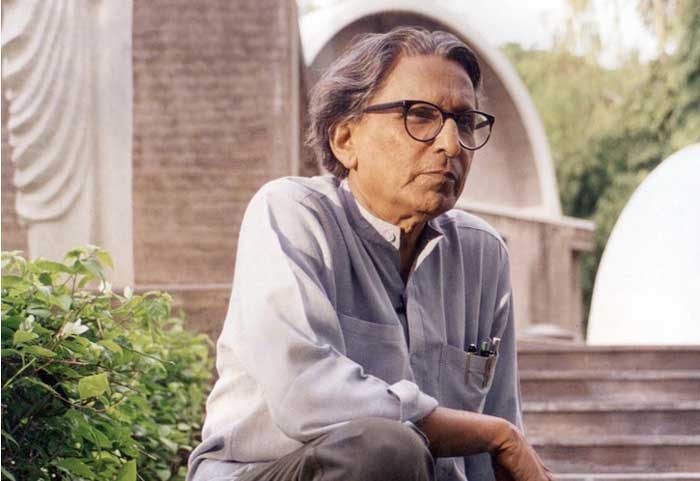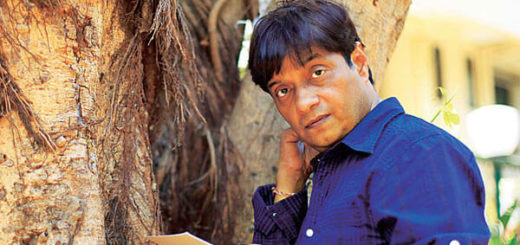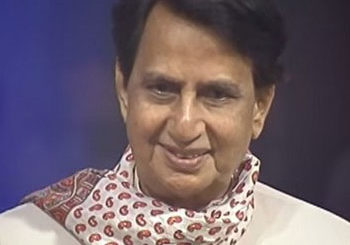B. V. Doshi – Father of Indian architecture
B. V. Doshi (1927 -2023) was an Indian architect, noted for his contributions to the evolution of architectural discourse in India, and also associated with low cost housing across the country. He is known for his commitment to providing affordable housing throughout India, when housing remained a major issue. He was a pioneer of modernist and brutalist architecture in India, and gained fame for several international projects too.

Life Insurance Corporation Housing in Ahmedabad (1973) and the Aranya Low Cost Housing in Indore (1989) are his major constructions. FLAME University, IIM Bangalore, IIM Udaipur, NIFT Delhi, Amdavad ni Gufa, CEPT University etc are other major contributions. In 2018, he became the first Indian architect to receive the Pritzker Architecture Prize, the highest honour in architecture. Government of India honoured him with Padma Shri in 1976, the Padma Bhushan in 2020, and the Padma Vibhushan posthumously in 2023.
After a brief period in London, Doshi began his professional career in Europe under Le Corbusier
B. V. Doshi’s full name is Balkrishna Vithaldas Doshi. He was born on 26 August 1927 in Pune, in a family of Gujarati origin. As an infant he lost his mother, his father remarried and hence he was brought up by his grandfather and aunts. After school education, he enrolled at the prestigious Sir J. J. School of Art in Mumbai, where he studied between 1947 and 1950.
Soon after studies, he moved to London where he briefly worked. Then he moved to Paris where he worked under Le Corbusier between 1951 and 1954. Initially he was hired for an unpaid job, based on a non-traditional qualification: his handwriting – his first job. In 1954, he returned to India to supervise Corbusier’s buildings in Ahmedabad. Mill Owner’s Association Building (1954) and Shodhan House (1956) are among those projects of Le Corbusier which he worked as a supervisor.
He established his studio, Vastu-Shilpa in 1955 (now known as Vastushilpa Consultants) and worked closely with Louis Kahn and Anant Raje. In 1958 he was a fellow at the Graham Foundation for Advanced Studies in the Fine Arts. In 1962 he started the School of Architecture, and also worked with Louis Kahn on the Indian Institute of Management in Ahmedabad.
In the 1950s, he was determined to provide the lowest class with the proper dwelling. Aranya Low Cost Housing development in Indore became fruitful because of his efforts. After working for many decades, in 1978, Doshi founded the Vastushilpa Foundation for Studies and Research in Environmental Design, aimed to develop planning and design approaches suited to the Indian cultural context.
Some of his major constructions are located in Ahmedabad
He closely worked with Louis Kahn, who designed the campus of IIM, Ahmedabad. Later he designed Bimanagar Housing Society in Ahmedabad, which is regarded as one among his best architectural designs, which gained popularity for its low-cost designs. He completed over 100 projects during his lifetime. By 1989 he completed housing for over 80,000 people ranging from low- to middle-income families in Aranya Low Cost Housing development in Indore, which is widely regarded as his best contribution to Indian architecture.
Apart from India, his fame spread worldwide, and he received many international honours too. In 2018, he received Pritzker Architecture Prize. He was honoured with Ordre des Arts et des Lettres by Minister of Culture, France in 2011, honorary doctorate by the University of Pennsylvania, and Indian government honoured him with three civilian awards. He was also a recipient of 6th Aga Khan Award for Architecture for Aranya Community Housing, 1993–1995 and many other honours.
Low-cost Housing pioneer from India
In a career spanning over 70 decades, he gained immense popularity for his low-cost housing designs. Le Corbusier, with whom he worked, has influenced him a lot in his work. Since 1950s, many of his designs had Eastern influences, and his work touched lives of every socio-economic class across a broad spectrum of genres. Houses, city planning, public areas or institutions, he imprints his signature everywhere.
Doshi was significantly involved in the design of Chandigarh, which now serves as a joint state capital for Punjab and Haryana. He was assigned to design the living spaces for the thousands of government servants, and through his efforts, he provided best, basic and low-cost communal spaces. He widely bearing walls in his projects. These thick walls serve as efficient thermal masses in India’s hot climate.
B. V. Doshi – Some interesting and less-known facts
1. He met with a fire accident at the age of 11, got injured and thereafter walked with a slight limp.
2. His association with architecture began in 1947, with country’s independence, when he joined Sir J. J. School of Art in Mumbai.
3. During his early days, he designed grandparents’ house in Ravivar Peth in Pune, a wooden building with balconies, tile roofs and kilns outside. These memories had an impact on his work later.
4. He first visited America on a Graham Foundation scholarship in 1959.
5. He appeared as himself in Mani Ratnam’s O Kadhal Kanmani and its remake, Ok Jaanu directed by Shaad Ali.
6. He became the first recipient of Global Award for Sustainable Architecture in 2007, for his efforts to reunify Indian and English heritages through his practices.
7. From 1967 – 1971 he was a member of the international collective Team 10, and also served on the Pritzker jury from 2005 to 2009.














Recent Comments